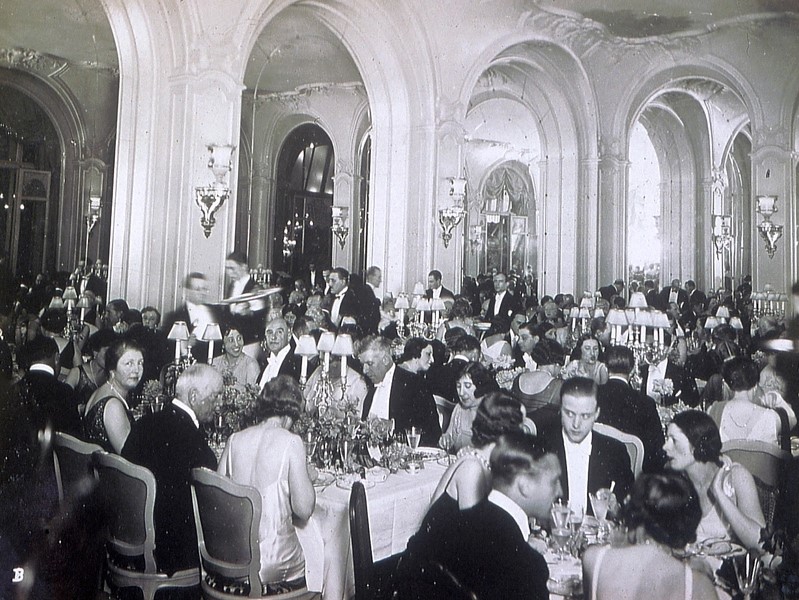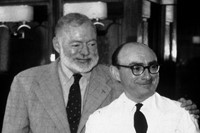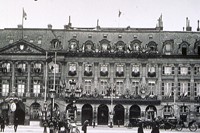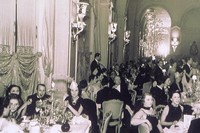Few hotels evoke a sense of place and history like the Ritz Paris. Coco Chanel spent 40 years living there, in a two-bedroom apartment close to her Rue Cambon studio, and Ernest Hemingway’s prodigious drinking habits helped empty the hotel’s wine
Few hotels evoke a sense of place and history like the Ritz Paris. Coco Chanel spent 40 years living there, in a two-bedroom apartment close to her Rue Cambon studio, and Ernest Hemingway’s prodigious drinking habits helped empty the hotel’s wine cellar when he lived there after the end of WWII. Then there’s the exhaustive guest list of legendary visitors to 15 Place Vendôme, including Marlene Dietrich, Greta Garbo, Charlie Chaplin, Jean-Paul Sartre, Simone de Beauvoir, Truman Capote and Oscar Wilde, among others.
But recently the Ritz Paris’s legendary status has taken a different turn. Passed over for the French Tourism Ministry’s coveted “palace” designation, awarded to luxury hotels of special character, there are hints that the Ritz’s lustre has started to fade. The hotel announced it will close in early summer 2012 for a 27-month renovation, and although the hotel declines to mention the exact reason for the decision, they have said they are planning to carry out an “unprecedented renovation… and spectacular improvement”, overseen by interior designer Thierry W. Despont, whose past work has included The J. Paul Getty Museum and numerous hotels. The Ritz Paris hasn’t faced such a drastic overhaul since it was founded in 1898 by bellhop turned hotel mogul, César Ritz, even counting the refurbishment by current owner Mohamed Al Fayed, when he bought the hotel from the Ritz family in 1979.
"Hemingway supposedly said, 'When I dream of an afterlife in heaven, the action always takes place at the Ritz Paris.'”
Hemingway supposedly said, “When I dream of an afterlife in heaven, the action always takes place at the Ritz Paris,” and the hotel has played an undisputed central role in Parisian culture for over 100 years. Marcel Proust depended on the hotel’s maître d’hotel, Olivier Dabescat, to accompany him on his walks and serve all of his meals, and Proust later based one of the key characters in “In Search of Lost Time” on Dabescat. Chanel spent nearly half her life living at the Ritz, and was one of the few French residents allowed to stay on during WWII, when the German Luftwaffe appropriated the hotel for their headquarters. She was working on her final collection when she passed away at the hotel in 1971, and one of the Ritz’s lavish suites is named after her. After the liberation of Paris, legend has it that Hemingway was the first uniformed American to walk into one of the Ritz’s bars and order a drink at what is now the Bar Hemingway. The Paris Ritz’s place in culture is also cemented through novels and films, from Audrey Hepburn’s roles in films “Love In The Afternoon” and “How To Steal A Million” to the F. Scott Fitzgerald’s “Tender Is The Night” and Hemingway’s “The Sun Also Rises” – both books which immortalised the Lost Generation. No other Parisian hotel can claim the same hold on the imagination as the Ritz – but it’s still to be seen whether the hotel can continue to play the same role in this century as it did in the 20th.
Text by Karen Orton



